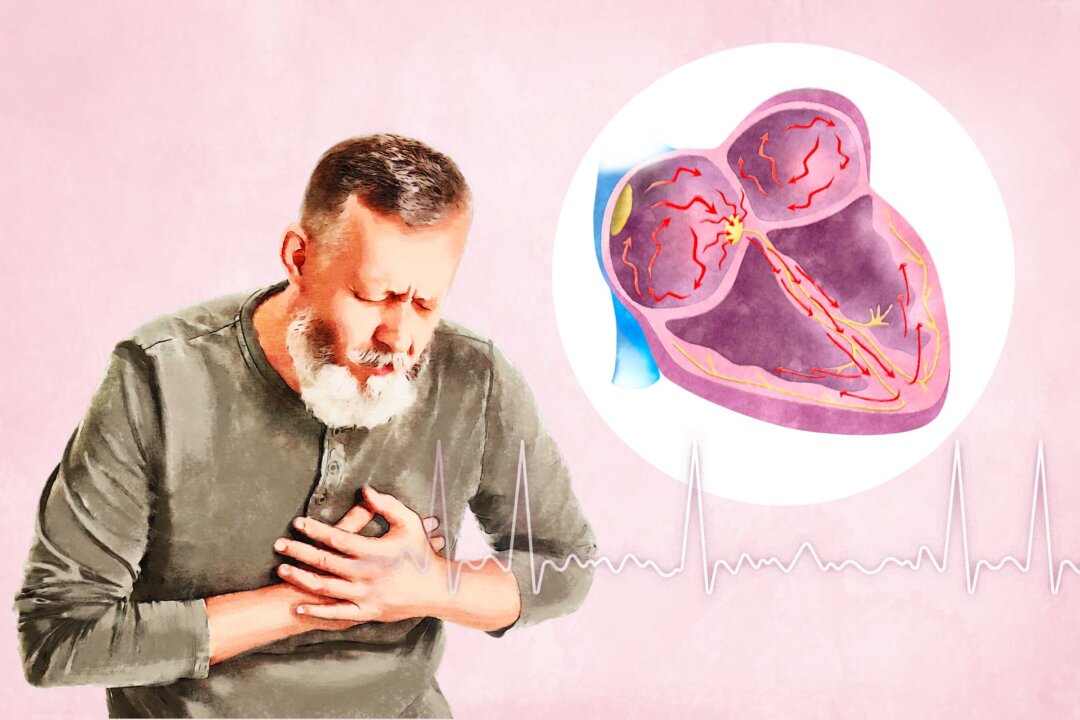Atrial fibrillation, often referred to as “A-fib,” is an electrical disorder in the heart’s upper chambers that causes an abnormal heart rhythm (arrhythmia) and disrupts the normal flow of blood between the upper and lower chambers. Left untreated, A-fib can lead to serious complications, including blood clots, stroke, and heart failure. A-fib symptoms vary from person to person.
Common symptoms include: Heart palpitations (rapid, fluttering, or pounding heartbeat) Low energy or fatigue Shortness of breath Trouble exercising or performing everyday activities Lightheadedness or dizziness Fainting Low blood pressure Fluid buildup in the legs, ankles, or feet Blood clots Chest discomfort, pain, or tightness Mitral Valve Prolapse: Symptoms, Causes, Treatments, and Natural Approaches Aortic Stenosis: Symptoms, Causes, Treatments, and Natural Approaches The heart has four chambers: two upper chambers, called the atria, and two lower chambers, called the ventricles. Electrical impulses travel along a pathway in the heart, signaling the atria and ventricles to work harmoniously to pump blood through the heart and into the body. In a healthy heart, a heartbeat begins with an electrical impulse to a tiny bundle of tissue in the right atrium called the sinoatrial (SA) node.

This electrical impulse causes both atria to contract and pump blood down to the ventricles. The electrical current continues to travel through another bundle of tissue called the atrioventricular (AV) node, tr.



















